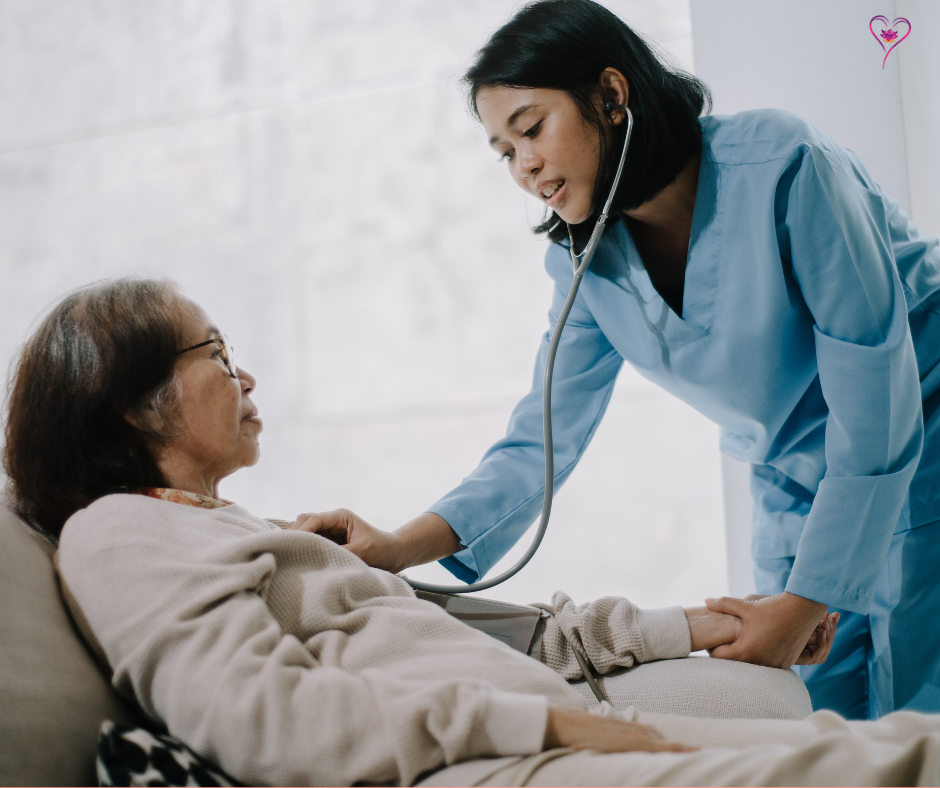Understanding Lung Cancer: What You Need to Know
Understanding Lung Cancer: What you need to know. It can save your life. It is a deadly disease that affects millions of elderly people worldwide, with its impact reaching far beyond the individuals diagnosed. Here are some key points to better comprehend this condition and its implications:
1. Types of Lung Cancer: There are two primary types of lung cancer – non-small cell lung cancer (NSCLC) and small cell lung cancer (SCLC). NSCLC accounts for approximately 85% of all cases and generally grows and spreads at a slower rate than SCLC. SCLC is more aggressive and tends to spread rapidly to other parts of the body.
2. Common Risk Factors: Several factors increase the risk of developing this kind of cancer. Smoking is the leading cause, responsible for nearly 85% of all cases. Exposure to secondhand smoke, environmental pollutants (like radon and asbestos), and family history of the disease also play significant roles in increasing susceptibility.
3. Symptoms and Early Detection: In the early stages, it may not present any noticeable symptoms. As the disease progresses, individuals may experience persistent cough, shortness of breath, chest pain, unexplained weight loss, and coughing up blood. Early detection is crucial for better treatment outcomes, and individuals at high risk, especially smokers, should consider regular screenings.
4. Treatment Options: Treatment for lung cancer depends on various factors, such as the cancer type, stage, and overall health of the patient. Common treatment options include surgery, radiation therapy, chemotherapy, targeted therapy, and immunotherapy. The choice of treatment may involve a combination of these methods to achieve the best results.
5. Prevention and Lifestyle Choices: While some risk factors like family history are beyond our control, adopting a healthy lifestyle can significantly reduce the risk of lung cancer. The most crucial step is to quit smoking or never start in the first place. Avoiding exposure to secondhand smoke is important. So is maintaining a balanced diet rich in fruits and vegetables. Regular exercise, and reducing exposure to environmental toxins can also contribute to lowering the risk.
In conclusion, this cancer remains a formidable health challenge. Knowledge and awareness can aid in early detection and prompt intervention. By understanding the different types of risk factors, symptoms, treatment options, and preventive measures, individuals can take proactive steps to protect themselves and support others in their fight against this devastating disease. Remember, knowledge is power when it comes to combating cancer.






